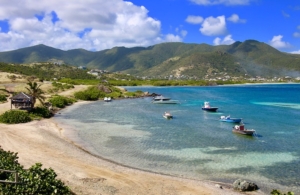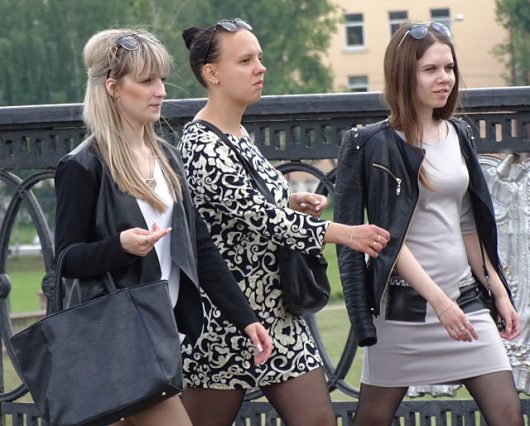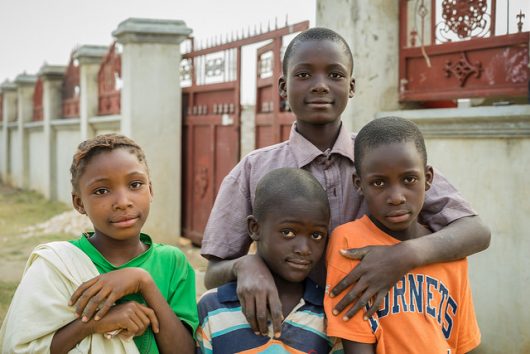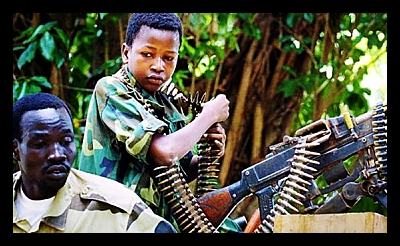 Human Trafficking is a threat affecting millions worldwide, with 2021 figures estimating annual revenues of more than $150 billion worldwide. St. Maarten is no exception to the allure of this illicit enterprise. This article gives voice to the dangers of Human Trafficking in St. Maarten and what efforts are in place to combat it.
Human Trafficking is a threat affecting millions worldwide, with 2021 figures estimating annual revenues of more than $150 billion worldwide. St. Maarten is no exception to the allure of this illicit enterprise. This article gives voice to the dangers of Human Trafficking in St. Maarten and what efforts are in place to combat it.
Trafficking in Persons Report
Estimates show that Human Trafficking affects more than 24.9 million people around the world today. States with ineffective political structures, weak government and amplified poverty and crime levels typically show the most noticeable effects of the Human Trafficking trade. As a means of evaluation, the Department of State for the U.S. designed the Trafficking in Persons Report (TIP Report), a report used internationally to measure the efficiency of practice and response to Human Trafficking in different countries around the world. The report assigns countries to a Tier Ranking according to their capacity to meet the minimum standards for addressing the Human Trafficking trade for the previous year, operating on a hierarchical system.
The ranking system consists of three tiers:
- Tier 1: Optimal. Governments fully comply with the minimum standards.
- Tier 2: Falling just short of expectation but demonstrating promising efforts for improvement.
- Tier 2 Watchlist: Falling just short of expectation but demonstrating promising efforts for improvement, although victim rates are at, or on the verge of, critical status and proportional efforts are not being made.
- Tier 3: Fail to meet minimum standards and show little sign of improvement efforts.
Human Trafficking in St. Maarten – Under Review
In 2022 the TIP Report downgraded St. Maarten to Tier 3, labeled as “failing to meet the minimum standards for the elimination of trafficking and making no significant effort to do so,” and has maintained this verdict in the 2023 report. This gives for bleak reading when considering St. Maarten’s ongoing battle with Human Trafficking in terms of protection, prosecution and prevention measures.
The government maintained the decreased minimal prosecution charges for trafficking in 2022, where incidents involving persons aged 16 or older could face up to nine years imprisonment or a fine, while those affecting children aged under 16 can be penalized for up to 12 years imprisonment or a fine. For the fifth consecutive year, St. Maarten failed to submit any reports of providing protection services to victims. For the third consecutive year, authorities identified no trafficking victims. No reported efforts have been made to screen regions and industries particularly exposed to the effects of trafficking. Government funding for protective measures such as care services, shelters and financial support is considerably lacking, with an NGO-run shelter for victims of domestic violence carrying much of the burden. (U.S. Department of State, 2023).
Trapped and Exploited
In St. Maarten, human traffickers use a host of tactics to manipulate their victims, with local accounts suggesting migrants seeking passage to the United States or Canada are most vulnerable. One common tool for manipulating victims is selling the idea of the “American Dream” under false pretenses. Typically migrants coming from poverty-stricken conditions in places such as Venezuela, Colombia, Haiti and the Dominican Republic are seeking a better life. Desperate, uneducated and undernourished, they are especially susceptible to the false promises of human traffickers. Human traffickers then employ intricate debt coercion schemes to pressure victims into sex work, forced labor and domestic servitude.
Captors maintain their control over victims by invoking themes of fear, violence, shame, isolation and debt. Traffickers frequently employ tactics to subdue victim rebellion, such as indoctrinating captives to believe government authorities are corrupt, confiscating means of travel vis a vis documentation, physical torture and rape. These conditions are applied mercilessly until the notion of escape becomes incomprehensible to the victim.
The Effort for Change
Human Trafficking in St. Maarten looked set to improve in 2022. They instigated a poster campaign focused on raising public awareness of trafficking and those who are vulnerable. They drafted a new National Action Plan (NAP) which set out important guidelines, including establishing Standard Operating Procedures (SOPs) for victim identification and referral and creating a national anti-trafficking hotline. However, St. Maarten did not implement this plan, and measures for change continue to fall short of national expectations.
The more local government proves lackluster, the greater the reliance on international aid. NGOs have become imperative to the country’s preservation from further collapse. Organizations like Lifeline Network International, the West Indee Committee and the Society of Mediators are playing an indispensable role in protecting even the most basic of human rights, establishing the platform for social, economic and agrarian education and facilitating the means for long-term sustainability.
The U.S. Department of State has articulated basic actions St. Maarten can take to revive this effort. These efforts include the re-adopting and implementing of the 2022 NAP, appropriate funding for protective and preventive services, educating authorities to be proactive in trafficking identification and informing the public, migrants and potential victims of their rights. Applying these basic actions sets the precedent for change and the foundations for a better future.
– Ruairi Greene
Photo: Flickr
 Belize’s sugar cane production has been a major staple to its economy since the 1800s. Today, it supports the livelihood of around
Belize’s sugar cane production has been a major staple to its economy since the 1800s. Today, it supports the livelihood of around  Afghanistan currently faces a large-scale human trafficking crisis that is rooted in centuries of abuse. Children and women are sold or kidnapped and forced into sexual slavery or armed forces. With the Afghani Government failing to properly protect victims and prosecute perpetrators, the U.S. Department of State and a network of NGOs are working to alleviate the problem.
Afghanistan currently faces a large-scale human trafficking crisis that is rooted in centuries of abuse. Children and women are sold or kidnapped and forced into sexual slavery or armed forces. With the Afghani Government failing to properly protect victims and prosecute perpetrators, the U.S. Department of State and a network of NGOs are working to alleviate the problem. Ghana and Côte d’Ivoire are responsible for collecting around
Ghana and Côte d’Ivoire are responsible for collecting around  Belarus, located in Eastern Europe, is one of the world’s worst offenders of human trafficking. Belarus is a 3rd tier country, meaning it requires severe interference in addressing this issue and exploitation of its citizens. While human trafficking in Belarus has decreased since 2006, it still remains a big problem.
Belarus, located in Eastern Europe, is one of the world’s worst offenders of human trafficking. Belarus is a 3rd tier country, meaning it requires severe interference in addressing this issue and exploitation of its citizens. While human trafficking in Belarus has decreased since 2006, it still remains a big problem.


